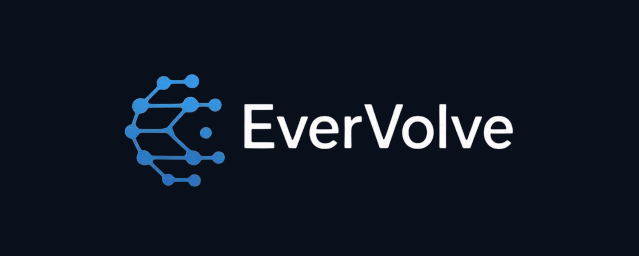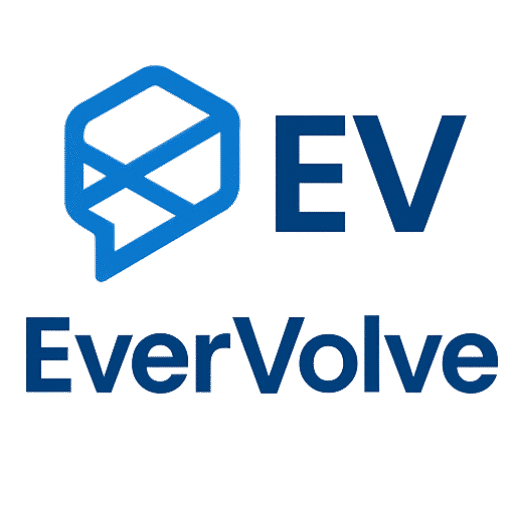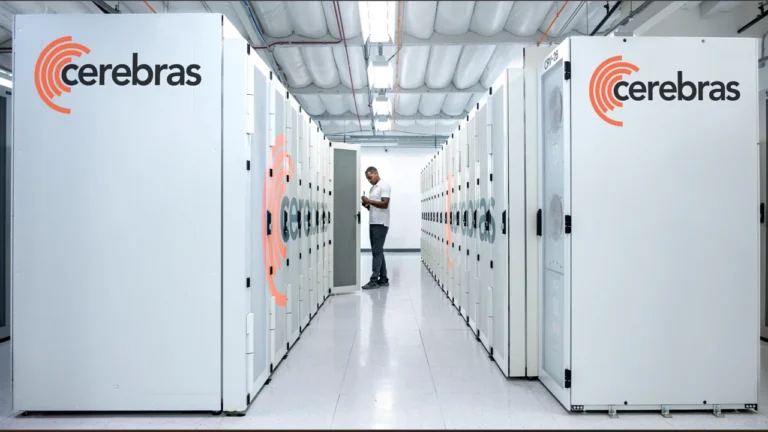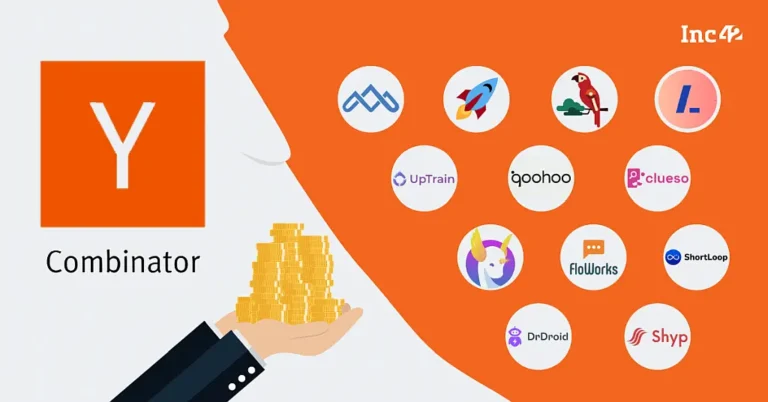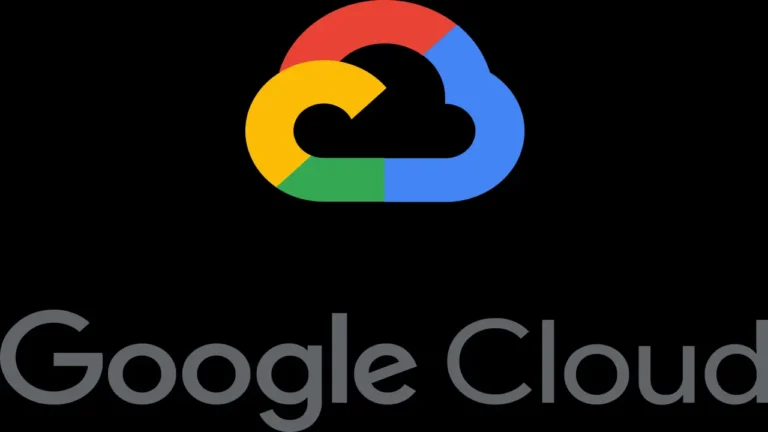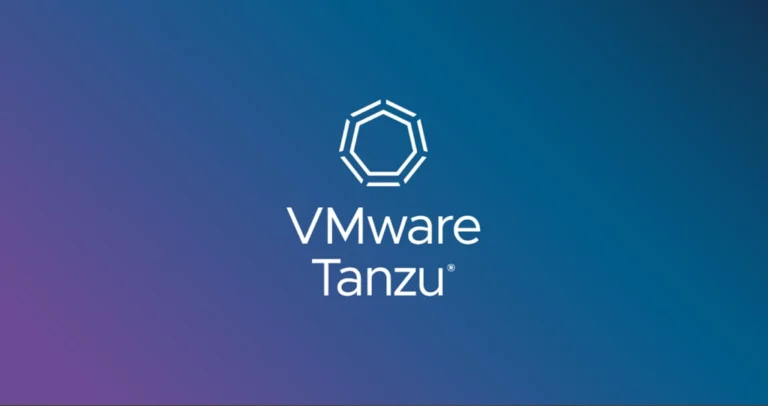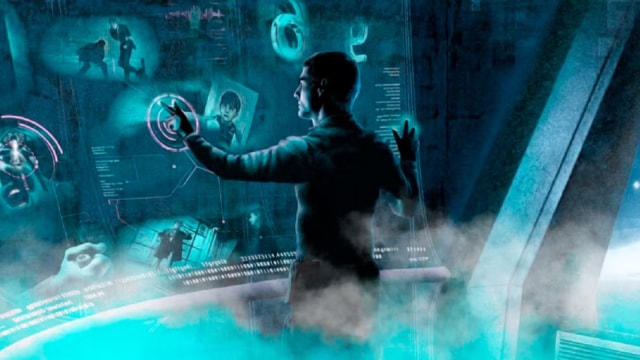The Rising Debate Over AI’s Impact on Jobs: Risks, Rewards, and Navigating Workforce Transformation
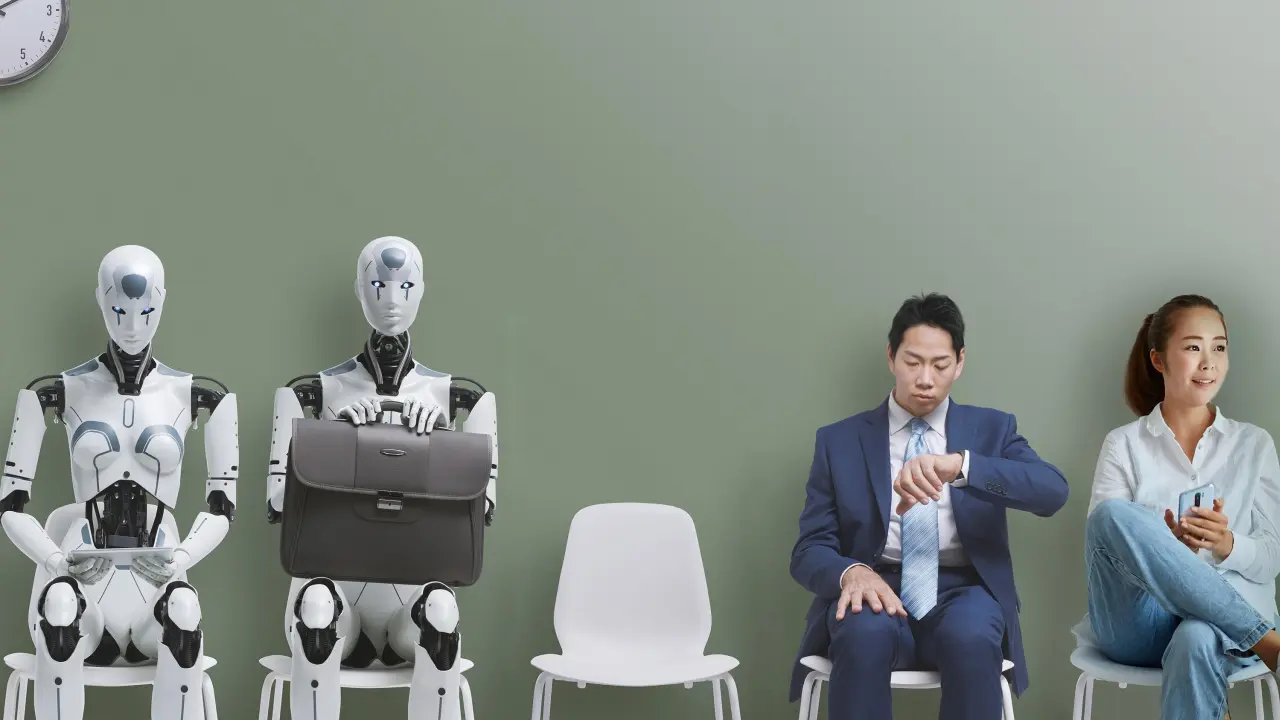
Artificial Intelligence (AI) has arguably become the most disruptive force reshaping the modern workforce, sparking ongoing debate about its effect on employment. While AI heralds promises of boosting productivity, augmenting human capabilities, and creating novel jobs, it simultaneously threatens displacement, economic inequality, and challenges to worker retraining.
As of mid-2025, research estimates that AI has already directly displaced tens of millions of jobs worldwide, with substantial new roles emerging in parallel. A comprehensive study analyzing global employment trends indicates approximately 85 million jobs have been displaced by AI as of 2025, yet about 97 million new roles have simultaneously emerged, yielding a net increase of 12 million positions globally. However, these jobs often differ greatly in skill requirements and economic sectors, creating transitional complexities.
The sectors most vulnerable to automation include customer service representatives (with an 80% automation risk by 2025), data entry clerks, and retail cashiers. Manufacturing and transportation sectors also face medium-term displacement. For example, an estimated 2 million manufacturing jobs and 1.5 million trucking jobs are at risk by 2030 due to automation technologies. Such shifts disproportionately impact vulnerable demographic groups; in the US, women occupy a larger share of roles highly exposed to automation compared to men.
Additionally, 2025 witnessed thousands of job losses at leading tech firms such as Microsoft, IBM, and Salesforce, where AI-driven automation replaced workers in sales, human resources, and administrative roles. Microsoft alone cut 6,000 jobs, while IBM laid off 8,000 employees as AI agents took over HR operations. These cases underscore a rapidly accelerating trend where entire functions are getting automated.
Despite displacement fears, AI adoption also leads to productivity gains, reduced costs, and the emergence of new professions, including prompt engineers, AI ethics consultants, and human-AI collaboration specialists. Yet, 77% of these new AI-related jobs require advanced education, creating a significant skills gap.
Many workers fear job insecurity, with surveys indicating that up to 30% of US workers believe their roles could be replaced or severely altered by AI within the next few years. Notably, 41% of global employers plan workforce reductions over the next five years directly due to AI adoption, and 47% of US workers face significant risk of automation impacting their jobs.
Governments and organizations worldwide are responding with reskilling initiatives, educational reforms, and regulatory frameworks aimed at managing the transition. Emphasis on lifelong learning, collaboration between public-private sectors, and ethical AI principles are seen as crucial to ensuring AI benefits are widely shared.
An ethical debate unfolds alongside economic concerns. Transparency in AI use, fairness, accountability, and worker participation in decisions about AI deployment are critical issues. Models emphasizing AI as “augmented intelligence” rather than full automation with human oversight are emerging as promising best practices.
Moreover, these workforce transformations are uneven globally. Advanced economies face higher automation risks (~60% of jobs threatened), while developing economies in low-income countries have lower exposure (~26%). The timeline for disruption varies, with some models predicting as much as 50% of jobs will face automation by 2045.
AI’s impact on jobs presents a dual narrative: it simultaneously threatens traditional employment patterns while creating new opportunities. Navigating this complex landscape requires nuanced policy, comprehensive skill development, and ethical foresight to promote an AI-augmented economy that is inclusive, equitable, and sustainable.
Enjoyed this post?
Subscribe to Evervolve weekly for curated startup signals.
Join Now →
